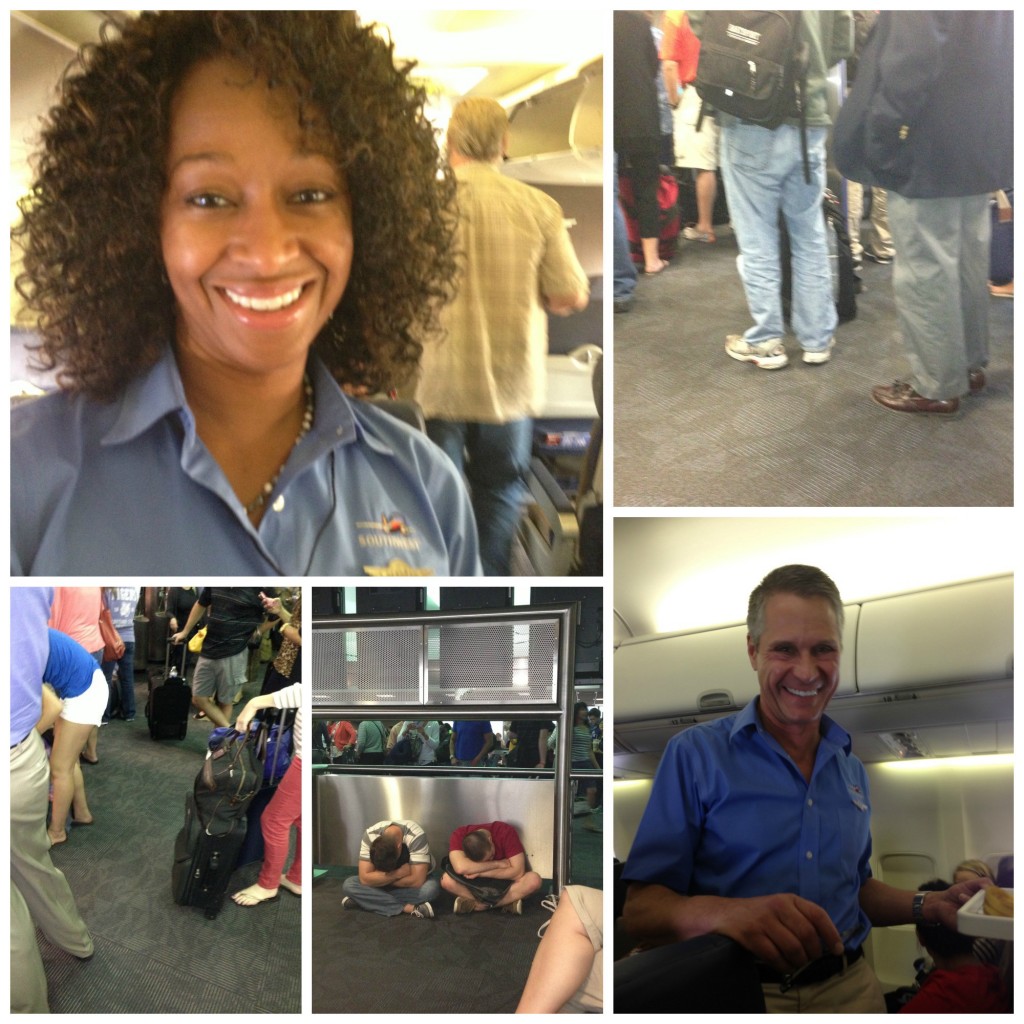Southwest Airlines Culture Committee Meeting Update
by Matthew Kosec
As Customer-Members, Ann McGee-Cooper, Carol Haddock, and I are always honored to join the Southwest Airlines Companywide Culture Committee for a day or two of engaging meetings. Our time there is always an opportunity to watch how Members of such a large organization, from top executives to front-line contributors, effectively communicate, engage in meaningful dialogue, and tackle problems that can paralyze less-effective companies.
The September 2013 meeting held at Camden Yard in Baltimore, however, gave me and Ann a completely different view of what makes Southwest Airlines so special (unfortunately, Carol couldn’t join us, and she was missed by all!). Of course, the two-day meeting was expertly facilitated by the Culture Services crew, and we had no disappointment in observing top Southwest Executives sit on a panel, sharing and engaging with Employees. The real value, though, came from sharing crisis with Southwest.

The first crisis came when Ann and I nearly died in the fast lane on I-95. Okay, so we didn’t nearly die, but it certainly could have happened. Unfortunately, the cab we were riding in sustained a flat tire. More regrettably, the driver stopped in the fast lane, just over a hill, on a wet and slick 65 MPH interstate highway. As I began telling Ann that we will soon be hit…we were. The damage was minor, but I was certain there was more to come because of the dangerous place we stopped. My priorities became getting the police to the scene to keep traffic from pile-driving into us, and then getting moved off the road. Our driver didn’t share my priorities; he only wanted to take pictures of the damage and speak with the other driver. Fortunately, no one was injured; a quick thinking driver from the same company swooped in and took us to the airport. Everyone from the cab company, though, was worried about liability and following rigid rules instead of dealing with the crisis. Our driver was only guilty of stopping in a bad place – it was clear that his subsequent actions were motivated by rigid rules of his organization.
As we walked into BWI airport Ann said, “Well, I’m glad that adventure is over!” Not sharing her confidence in the adventure being concluded, I said, “We aren’t home yet.” Cue the storm that eventually rolled in, delivering a debilitating lighting strike to the control tower. Suddenly the whole airport was shut-down on a busy evening and filled with thousands of travelers whose brewing frustration was palatable.
Despite our best efforts, combined with that of Southwest Airlines, Ann and I only made it to New Orleans that night. But watching the People of Southwest handle the crisis was remarkable. Lines at the Customer Service desks would have made a peak-season summer Disney World line look like an expressway. I watched our gate agents work six straight hours with not so much as a bathroom break, smiling at every Customer who walked up. Southwest constantly delivered updates via the PA while other airline gates sat silent. And, amid the mayhem, we suddenly heard the crowd singing “God Bless America,” beautifully led by a Southwest Employee. It seems that even amidst crisis this Employee was certain that a large group of WWII Veterans on their way to see a memorial dedicated to them would be sent off with honor and respect, as they should.
What an incredible comparison of performance in crisis: A cab company who was effectively debilitated by a simple flat tire and an Airline who handled true crisis with grace, confidence, and “God Bless America.”
Where do you, or the People in your organization, fall in this spectrum? Are they ready for crisis, willing to creatively adapt and overcome? Or will they be paralyzed by the slightest hurdle, looking to the rule book and their supervisor to solve simple problems?
As always, let me know what you come up with: Matthew.Kosec@gmail.com


 "Ann's influence on our organization was a critical element in our being recognized as one of the 100 Best Companies to Work For in America."
"Ann's influence on our organization was a critical element in our being recognized as one of the 100 Best Companies to Work For in America."